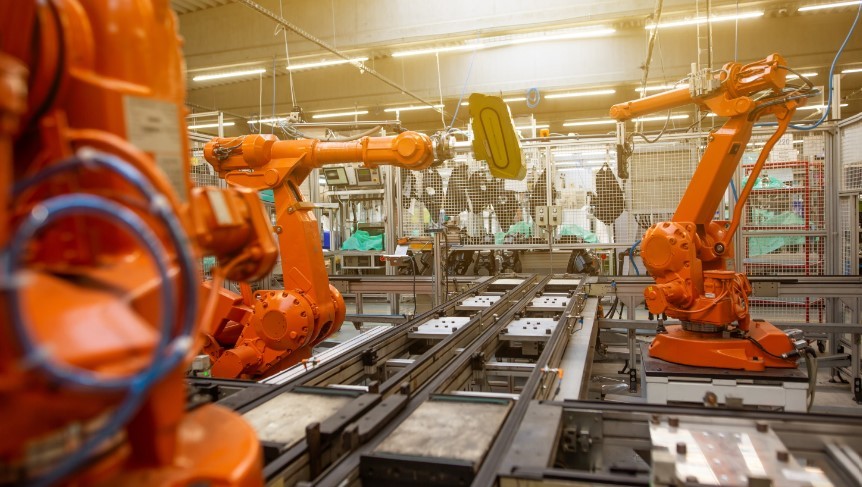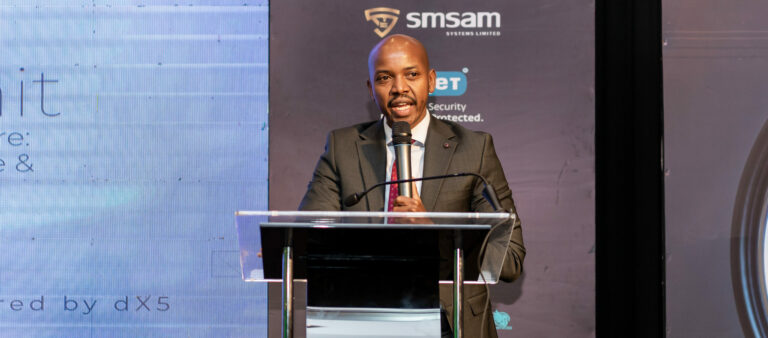How Automation Is Transforming Manufacturing In EA
Automation has moved far beyond being a buzzword. For manufacturers across East Africa, it has become a business-critical tool for improving efficiency, reducing operational costs, and staying competitive in a fast-changing global economy. But the way we adopt and deploy automation here, in our own industrial context, requires a deeper understanding of both the opportunities and the challenges that define our region.
Having worked across manufacturing, electrical distribution, and project execution over the past decade, I’ve seen firsthand how automation has evolved from a niche investment to a strategic priority. Today, with the rise of AI, IoT, and software-led decision-making, East African industries are beginning to unlock new possibilities, many of which are long overdue.
The Local Shift from Low-Tech to Software-Driven Operations
Globally, manufacturing is being reshaped by a range of forces: growing energy demand, rising costs, increased pressure for operational efficiency, and a workforce that is becoming harder to train and retain. East African manufacturers face these same pressures, in many ways, even more intensely. High energy costs, small market sizes, and infrastructure gaps make efficiency not just a goal, but a survival strategy.
Historically, many factories in our region were built for basic functionality. Once the production line was running, investment often stopped. But that model is quickly becoming outdated. Today, there’s a growing appetite for industry-specific software that can do more than just automate processes. It can unlock agility, improve visibility, and help businesses make faster, smarter decisions.
One of the most promising developments is the role of software in workforce empowerment. With a shortage of highly qualified technicians in many countries, and the growing reality of remote work, digital tools now make it possible for experts outside the region to connect with local facilities and provide real-time support. That kind of flexibility wasn’t even imaginable a few years ago. Now, it’s increasingly becoming the norm.
Automation Is Solving Today’s Industry Pain Points
Across East Africa, manufacturers are grappling with challenges that extend well beyond the factory floor. Commodity price volatility, high interest rates, regulatory uncertainty, and the long tail of COVID-era disruptions have all left a mark. At the same time, many facilities are still operating with aging infrastructure — in some cases, decades old.
Automation is not a silver bullet, but it is making a measurable impact across these areas. For instance, digital twin technology is helping companies simulate and troubleshoot production issues in a virtual environment before applying fixes on the physical line. This not only reduces downtime but significantly lowers the cost of trial-and-error decision-making.
We’ve also seen how virtual reality is being used for training in environments like welding workshops. Instead of using costly materials over and over for practice, technicians can now train in immersive, virtual environments that help them refine their skills faster and more efficiently. This is particularly valuable for industries where skill transfer and training costs are a major concern.
Analytics and AI-driven insights are also helping leaders make better decisions. In a typical manufacturing facility, data is scattered across machines and systems. Pulling it all together in real time used to be nearly impossible. Now, smart algorithms and dashboards surface the most relevant data points, helping decision-makers reduce costs, spot bottlenecks, and improve throughput without needing to be physically on-site.
Energy Efficiency Is an Automation Win
One of the most urgent issues in African manufacturing is the high cost of energy. Automation is directly addressing this problem by giving manufacturers the ability to monitor, predict, and manage energy usage in ways that weren’t possible before.
Sometimes, it’s as simple as shutting off machines when they’re idle, decisions that used to rely entirely on a human operator’s attention. With automation, these choices can be made automatically and in real time. Software can also help optimize maintenance schedules by predicting when a component is likely to fail, allowing teams to plan instead of reacting to breakdowns. That kind of foresight saves energy, reduces waste, and improves uptime.
Motors, which account for up to 60 percent of energy use in manufacturing environments, are another critical area. With the help of automation and variable speed drives, we can now tailor power usage based on load conditions, rather than applying full force to every task. That means less energy wasted, fewer mechanical slowdowns, and a more cost-effective operation overall.
A More Accessible Future for Automation
Looking ahead, I see automation becoming more accessible, more affordable, and more widespread across the region. Several factors are driving this shift. First, information is now more freely available. Technicians and engineers can access resources online, upskill themselves, and even become system integrators. That local talent pool is growing, and it’s fueling faster adoption.
Second, software has become far more cost-effective. Companies like Schneider Electric are designing solutions tailored for smaller manufacturers, which means you no longer need a massive budget to get started. The tools are simpler to implement, and the value they deliver is easier to measure.
We’re seeing a growing appetite among manufacturers to understand these technologies, even if they haven’t implemented them yet. They’re asking the right questions. They want to know how software can help them become more agile, more efficient, and more resilient.
Taking the First Step
If you’re starting your automation journey, the most important thing you can do is get the right information and make sure it’s the right fit for your business. There’s no one-size-fits-all approach. Too often, we’ve seen companies jump on a software trend without understanding the specific value it should deliver. They invest in the right technology for the wrong reasons and then wonder why it doesn’t perform.
Start with clarity. What are the problems you want to solve? What outcomes are you hoping to achieve? Then work with a trusted partner who can help match those needs to the right tools. The automation journey doesn’t need to be complex. It just needs to be intentional.
This article was written by Peter Kamau, Industry Business Leader – East Africa, Schneider Electric









